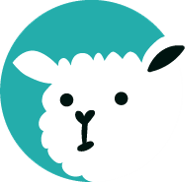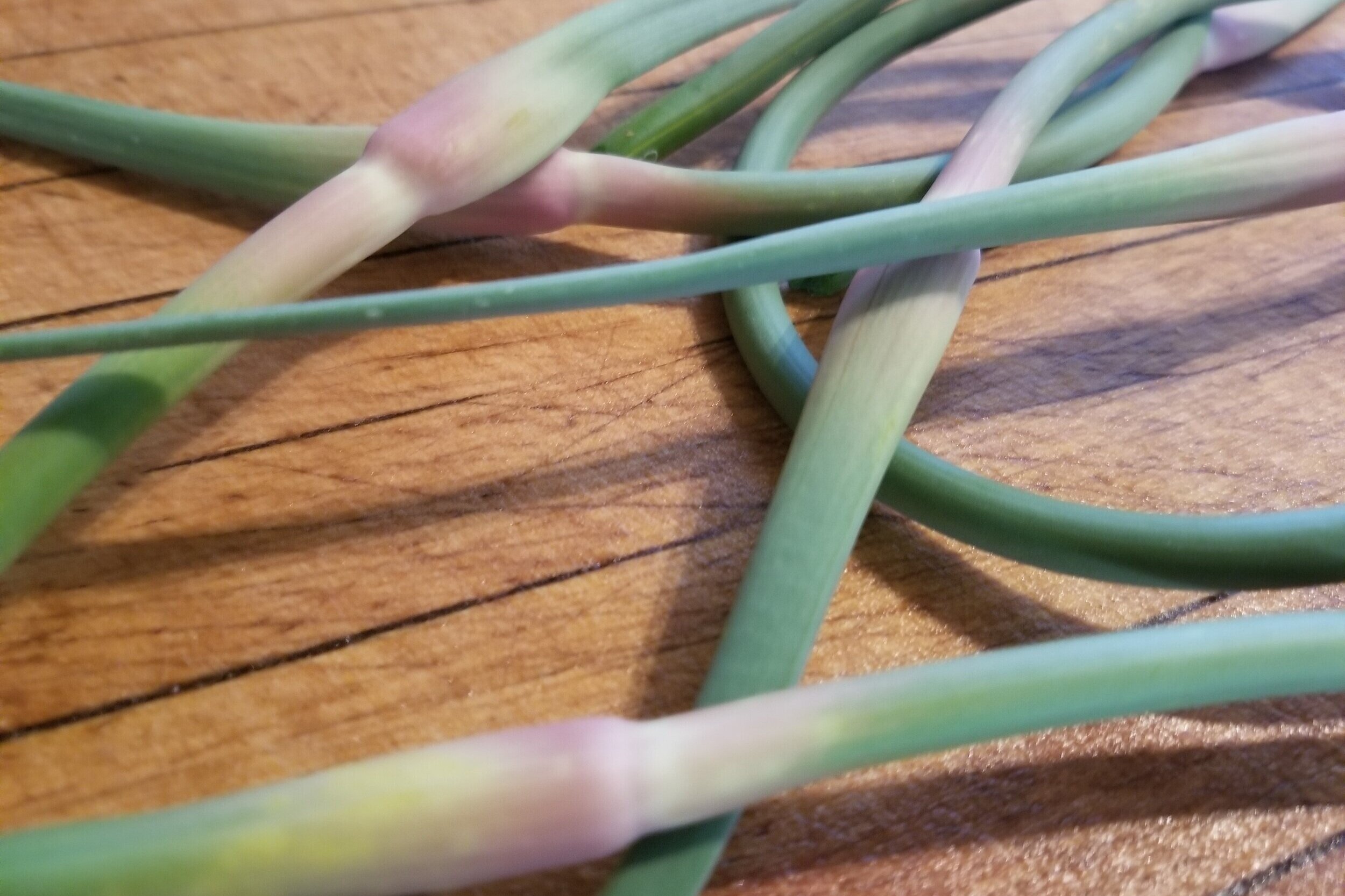Farming
Life on a farm is never boring. With daily chores and ongoing projects there is something to keep you busy in every season. Here are some highlights of a calendar year at Grey Ghost Farm.
summer
Average: 23°C
High: 30°C
20 days of sun per month
How we spend summer
We have some fun activities that we like to enjoy on the farm. As a family we often sneak away for a day trip to cut firewood, take photos of wildlife, or just explore a new wilderness area. Summer is also the best time to go flight-seeing and experience the vast nature that surrounds the farm.
April & May
Lambing time
Spring is lambing time on the farm; as the grass begins to green, the babies start arriving. Our Dorper sheep usually have their babies unassisted and the ewes like to give birth in the cover of darkness, but there are many chances to see lambs born.
Lambs weigh between 5-15 lbs and will have their first drink of milk as soon as they’re born. They can run, buck, and play within the first 24 hours.
The flock will get their feet trimmed and be fully checked over for any concerns. The ewes can be quite protective of their lambs, and while our flock is very gentle this is a good time to use caution.
Planting time
Spring also means it’s time to plant the gardens. At Grey Ghost Farm we have various garden areas for root crops, cold crops, and hothouse items that go in the greenhouse. Pastures will need to be harrowed and begin to grow quickly now.
June to August
Time for the projects
If there is something to fix, fences to build, or garden areas to expand, it happens during our warm summer days. There is usually rocks to pick, stuff to build, and a painting job or two.
In late summer we may begin to bring in the year’s firewood supply and will haul all the hay needed to feed the animals through the winter months. Hay must be harvested dry, moved dry, and stacked and covered to keep it dry all year long; dry hay prevents mold and rot.
Moving the flock to new ground
We practice rotational grazing so we constantly monitor pastures and move the flock to new ground. Occasionally the flock does local weeding or cleanup in what farms call targeted grazing; for this, the flock will be moved to a specific area to eat out an invasive weed so it can be killed without the use of chemicals or pesticides.
Taking care of the garden
While the sheep are less work in the summer, the garden gets our attention. Plants must be watered daily and weeding is an endless activity to ensure the best crop at harvest time.
September & October
Fall is a beautiful time of year at Grey Ghost Farm. Days are still warm but nights cool off, hinting at the winter to come.
Preserving food
Harvest of the gardens is completed now, with picking, drying, canning, and freezing to follow.
Making garden beds
Garden beds have compost brought to them and worked in to prepare the soil for next season. Any fall crops such as garlic must be in the ground before the first frosts that can come at any time.
Finish firewood supply
If firewood isn’t finished it becomes a big focus. We can cut firewood in an adjacent forest thanks to a cutting permit to remove dead wood. We cut, buck, and split a mix of dead fir and pine to ensure the house is warm for the winter.
Take care of ewes’ health
For the lambs, fall signals weaning time. Babies leave the ewes and ewes can ‘dry up’ or stop producing milk before the next breeding season. The adult sheep will get their second toe trimming of the year as we get ready for winter.
Hunting & butchering
Butchering begins at the end of September and the hunting season begins as well—fall is the time where we put up the food for the coming year. We spend many weekends out hunting by ourselves or with family and friends. Most plentiful in the Cariboo is Mule Deer, but we’re seeing a growing number of Whitetail Deer as well. We do all our own cutting and wrapping at home where venison is the family favourite at dinnertime.
winter
Average: -7°C
Low: -35°C
Over three feet (one meter) of snowfall
More hours of sun than Hawaii
How we spend our winter
On the farm we stay close to home to care for the animals in the winter and often work on indoor projects close to the wood stove. Ice fishing is a passion of Mark’s, and sometimes he sneaks away for a day. Winter activities have more of a local focus, including fundraising dinners, Christmas artisan and crafts sales, and old-fashioned teas in nearby communities.
November & December
Breeding time
On the farm it’s breeding time for the flock, so rams get turned out with ewes. We record the exact dates they’re together and monitor which rams go with which ewes so we know the lineage of every lamb.
Hunting & Butchering
It’s still hunting season in the Cariboo until the first of December so if we haven’t filled our tags (in BC you need a license to hunt and a tag for each animal you’re allowed to harvest under the regulations) we’ll be out on the weekends. These frosty mornings tend to be great for wildlife viewing.
Christmas tree cutting
At Christmas we get a tree cutting license and head out into the snow-draped forest to find the perfect tree to decorate. Projects shift from outdoors to indoors and Christmas baking fills the house with great smells. Evenings are spent by the fire enjoying a movie or playing games.
January & February
The heaviest snowfalls
The days are beginning to get longer in daylight hours, but this is usually the coldest part of winter in the Cariboo and has the heaviest snowfall. It’s time to think about spring as we plan the gardens and place seed orders.
March
Spring preparation
We’ll be shearing the ewes to prepare for lambing and getting the birthing area clean and ready. Yard cleanup begins as we rake lawns to prepare for summer and till up garden areas to prepare for planting. Any plants that need a longer season are planted indoors to get a head start. Livestock pens are cleaned and animals begin to shed their winter coats so there’s plenty of brushing and bathing.









